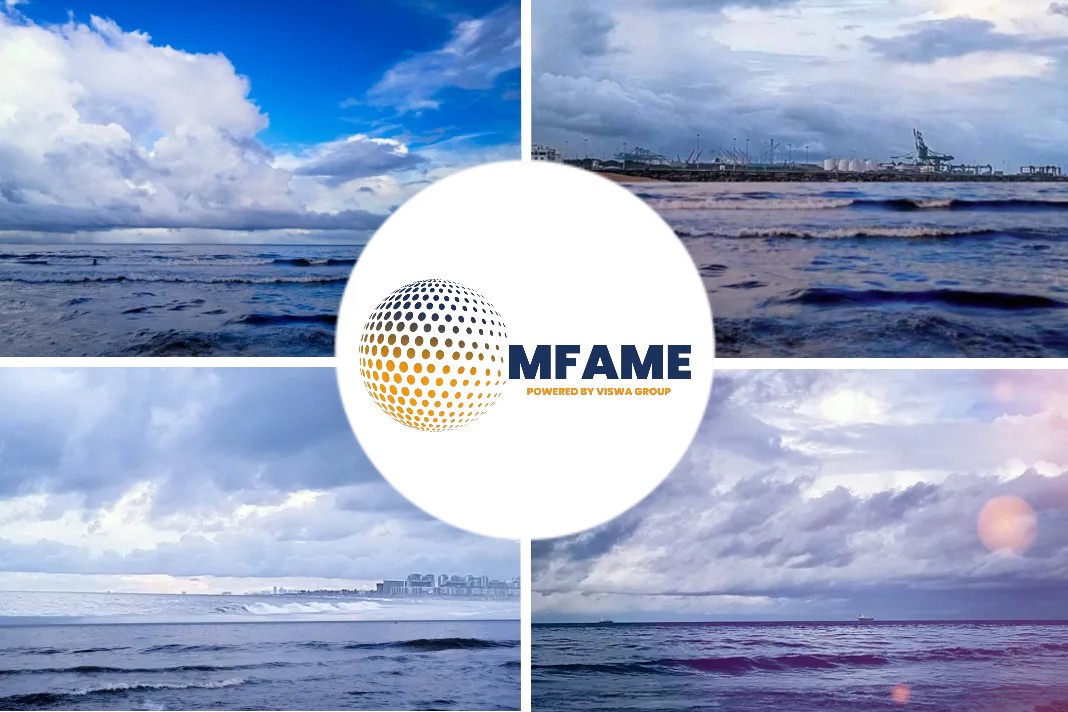- LNG is adaptable for all deep-sea fleets and pricing is competitive.
- Singapore-based licensed LNG bunker supplier FueLNG held a virtual naming ceremony for Singapore’s first LNG bunker vessel — FueLNG Bellina.
- Other countries in Asia such as South Korea, Japan, and China are providing the push to cleaner fuels such as LNG.
- The IMO is aiming to cut the shipping industry’s total GHG output by at least 50% by 2050 and to reduce CO2 emissions per transport work by at least 40% by 2030.
- The issue of methane slip is also being aggressively addressed.
A significant percentage of deep-sea newbuilds will feature LNG dual-fuel technology in the future as the challenges associated with LNG bunkering have been mostly overcome, Peter Keller, chairman of SEA-LNG, told S&P Global Platts in an interview.
LNG pricing
In 2019, there were about 114 LNG-ready ships and 162 LNG-fueled ships in operation worldwide.
By 2022, this number is expected to ramp up to 144 LNG-ready ships, 171 LNG-fueled ships in operation and 197 LNG fueled ships on order.
“LNG is available now in quality and [pricing is] competitive.”
“The industry has been operating LNG carriers safely for decades and we have now been bunkering LNG as a marine fuel for over four years without incident,” he added.
“Certainly cruise and container vessels have been earlier movers with RoRo and dry bulk. Because of some short term bunker supply issues, smaller global trampers may be the last to embrace LNG,” he said.
First LNG bunker vessel named
Major bunker ports such as Singapore are embracing LNG as a maritime fuel, which is positive for the further advancement of LNG bunkering.
On Oct. 1, Singapore-based licensed LNG bunker supplier FueLNG held a virtual naming ceremony for Singapore’s first LNG bunker vessel — FueLNG Bellina.
The ship, scheduled to be operational by end-2020, will enable FueLNG to be the first to provide ship-to-ship LNG bunkering services within the world’s largest bunkering port.
Singapore is actively encouraging vessels which call at its port to use cleaner fuels such as LNG, by providing them with port due to concessions, and co-funding the building of LNG-fueled bunker tankers.
Asia pushing towards cleaner fuel
Other countries in Asia such as South Korea, Japan, and China are providing the push to cleaner fuels such as LNG.
In September, Korea Gas Corp. said it had been selected to build South Korea’s first government-supported LNG bunker vessel.
An official from Kogas said the company has set a goal of supplying 1.36 million mt of LNG bunker fuel to ports nationwide and achieve roughly Won 1 trillion ($864.12 million) in sales by 2030, Platts reported at the time.
Decarbonization pathway
The IMO in April 2018 laid out its strategy on greenhouse gas emissions, aiming to cut the shipping industry’s total GHG output by at least 50% from 2008 levels by 2050 and to reduce CO2 emissions per transport work by at least 40% by 2030.
A recent webinar held by DNV GL noted that while ammonia and methanol are promising fuels for the future, installing a dual-fuel LNG engine on, for example, a Panamax bulk carrier newbuild is consistently the most robust choice.
IMO’s decarbonization targets are likely to provide an impetus to zero-carbon fuels. However, these fuels under development are decades away from safe, large scale applications, Keller said.
“LNG provides immediate carbon benefits that should and must be adopted by the industry. Waiting for the ultimate solution decades in the future only serves to heighten the current carbon issues,” he said.
Concerns about LNG
Some industry sources have raised concerns that using LNG as a marine fuel result in methane slip, which is detrimental to delivering GHG emission reductions.
Methane slip is an acknowledged issue that is being aggressively addressed by the engine manufacturers, Keller said. In fact, all have announced significant reductions in methane slip over the past year or so, he said.
“Much of the data being released, even today, is pre-2018 and does not include the latest developments in reducing slip,” he said, adding that “SEA-LNG is currently updating their definitive work undertaken in 2019 to update data to 2020 levels”.
Did you subscribe to our daily newsletter?
It’s Free! Click here to Subscribe!
Source: S&P Global Platts

















